Stargazing For Dummies
£11.10£12.30 (-10%)
Stargazing is the practice of observing the night sky and its contents – from constellations through to planets and galaxies. Stars and other night sky objects can be seen with the naked eye, or seen in greater numbers and in more detail with binoculars or a telescope.
Stargazing For Dummies offers you the chance to explore the night sky, providing a detailed guide to the main constellations and also offering advice on viewing other night sky objects such as planets and nebulae. It’s a great introduction to a fun new hobby, and even provides a fun way to get the kids outside while doing something educational!
- Gives you an introduction to looking at the sky with binoculars or a telescope
- Offers advice on photographing the night sky
- Without needing to get your head around mind-bending theories, you can take part in some practical physics
If you’re looking for easy-to-follow guidance on getting to know the night sky, Stargazing For Dummies has you covered.
Read more
Additional information
| Publisher | 1st edition (25 Jan. 2013), For Dummies |
|---|---|
| Language | English |
| Paperback | 352 pages |
| ISBN-10 | 1118411560 |
| ISBN-13 | 978-1118411568 |
| Dimensions | 13.46 x 2.29 x 21.08 cm |

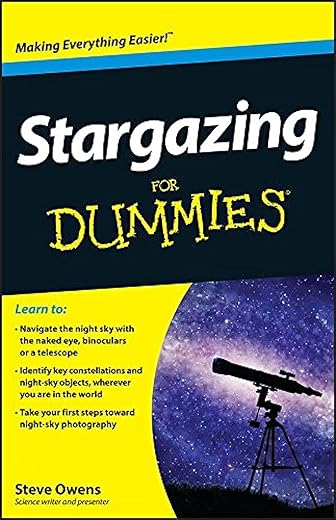
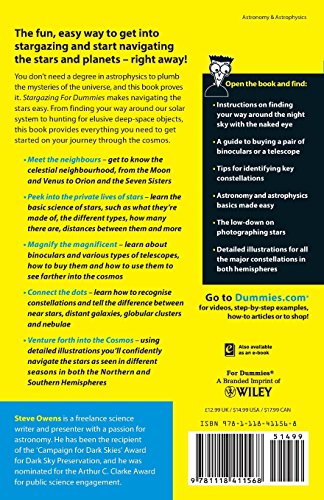

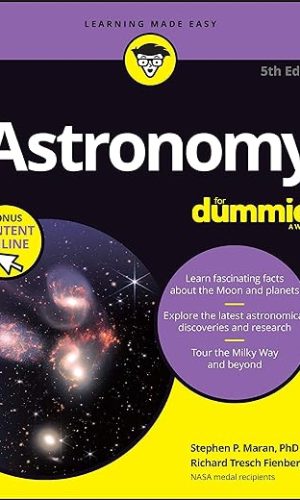




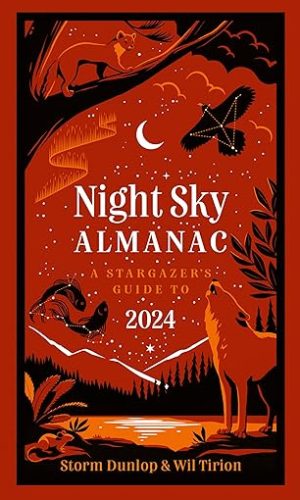
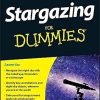
by David Canning
I have read quite a few books on Astronomy over the years but have always felt that I had miissed a couple of chapters because they introduced terms and information which I prehaps should have known. I was therefore really pleased when I began reading this book as it starts from the very beginning and assumes nothing. That being said, it introduces the basics quickly and with good detailed explanations which are easy to follow and doesn’t bog you down with too much technical jargon.
It manages to cover a lot of ground given the size of the book and gives some really worthwhile practical advice to the novice stargazer.
by JonG
I want to like this book. It is well planned, pitched at about the right level for likely buyers of a “For Dummies” book, and heavily illustrated.
Sadly, all of this is let down by frankly dreadful proofreading, as mentioned in another review.
For example, in the grey box on Stellar Classification in chapter 6, it states that “Stars are further classified by a number….from 0 to 9, which tells you whether that star is a cooler (0) or hotter (9) star for its type.” In fact, 0 is hottest, 9 coolest, as implied by the next sentence: “Our star, the Sun, is classed as a G2, which means it’s at the hotter (2) end of the G-type temperature range.”
In chapter 8, there is a grey box on the Greek Alphabet, as used in designating the stars in each constellation. This was pretty clearly originally written out in three vertical columns, 1, 2 and 3, but, to fit the space at the bottom of the page, these have been split into six, ordered 1a, 2a, 3a, 1b, 2b, 3b. This gives a nonsense order starting alpha, beta, gamma, iota, kappa, lambda, rho, sigma, tau.
Part III gives a comprehensive listing of all 88 constellations, divided into groups – the polar constellations and those seen in each three month period. Each section starts with a group map, then charts of each individual constellation.
Unfortunately, there are various discrepancies between the different parts. Sometimes the area charts and individual maps joint the dots in different ways. The author does point out that there are no fixed ways to draw the lines within each constellation, but in a book for beginners, I don’t think that it is unreasonable to expect consistency to avoid confusion. The charts of Virgo are an example of this.
There are also inconsistencies in the information given. The relevant table names Gamma Cassiopeiae as Navi, but the chart labels in “Tish,” (which should, in fact, be “Tsih”) again ignoring consistency.
A final piece of poor proofreading, the star Phact, Alpha Columbae, is listed as having an apparent magnitude of -2.65, which would make it the brightest star in the sky by some margin, and of similar brightness to Jupiter and Venus. According to Wikipedia, its magnitude is Plus 2.65.
These are just some of the mistakes I have noticed, and as I am far from an expert in the subject, I am sure that there are plenty more that I have not picked up on.
by Nimbus
Having recently bought a telescope I thought a fundamental would be to try and understand the “layout” of the night sky and based on positive exp[eriences with other “Dummies Guides” I thought I’d try this Stargazing version.
This is a good value but basic book without photographs etc. but once you accept that it’s really very practical and features three main sections; Getting Familiar with the Night Sky; Learning your way around the Night Sky; Star Mapping and “The Part of Tens” basically, ten targets For new Stargazers and ten things to look for under the night sky.
I found this book easy to understand and it has greatly increased my confidence in navigating the night sky and understanding the references to constellations etc. in other guides. A good value and clearly written book from Steve Owens who is an acclaimed writer and presenter on the topic.
by Amazon Customer
I am giving this publication the benefit of the doubt. I took it on holiday to get an introduction to stargazing and seemed to read it far too quickly without feeling I had learned a lot. On reflection I can see that it could be a good reference point when I start my stargazing in earnest. Also it may need a re-read before I see the benefits. First impression 3 stars, benefit of the doubt gives it 4!
by JonG
This is a good book for those requiring a good basic knowledge of astronomy, gives good detail although there are no colour photos
by Lauren
Really good book, laid out very simply so easy to understand. Has great hints and tips on setting up a telescope, where to start when looking up at the stars. It has diagrams inside to help understand what is being talked about. Would definitely recommend as a starter book for anyone interested I’m stargazing
by david harlow
Absolute beginner star gazing very informative book does actually what it says.
by Dave T
Love this book! Was recently bought a huge telescope and whilst I love astronomy … finding stars and nebulas is a whole new ball game. This book not only explains astronomy facts but also how to find and track things in the sky. It’s in basic understandable language.
I don’t know how I would have found anything without this book!